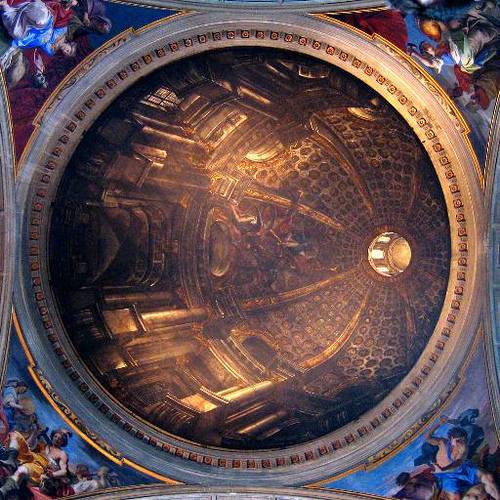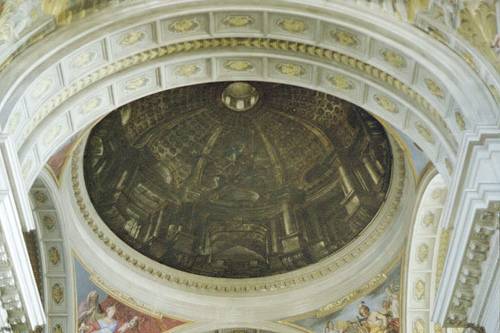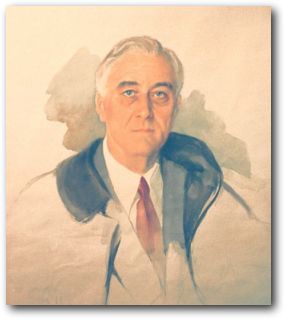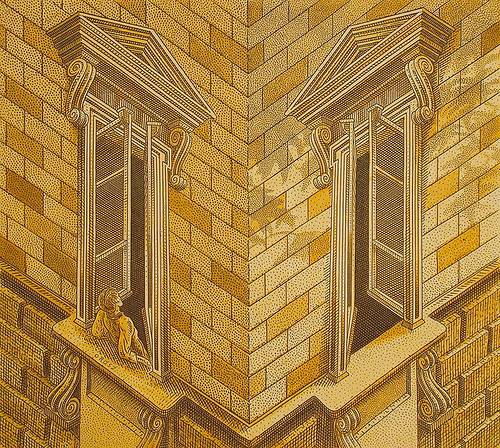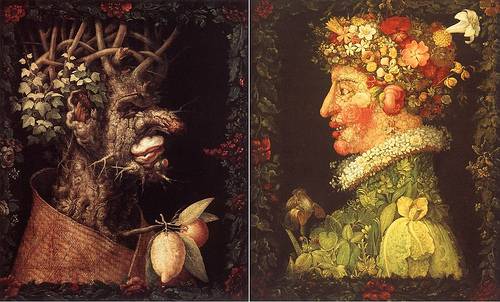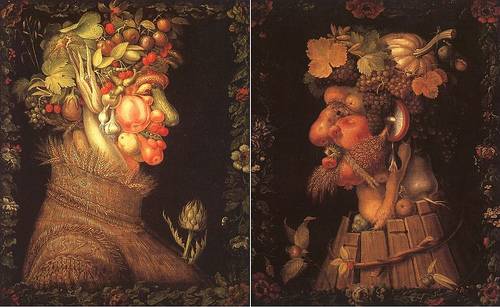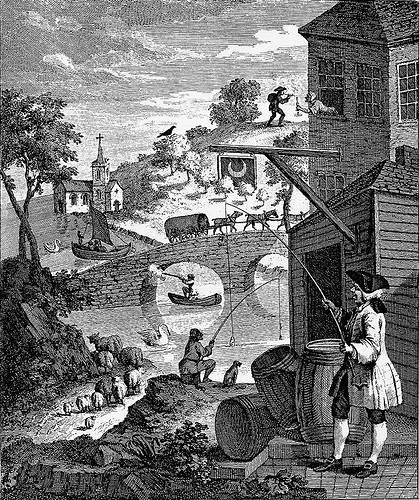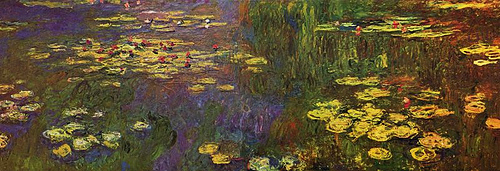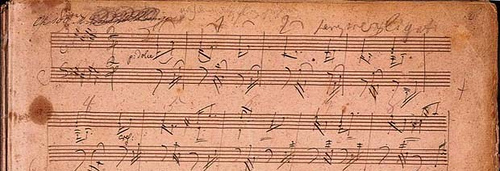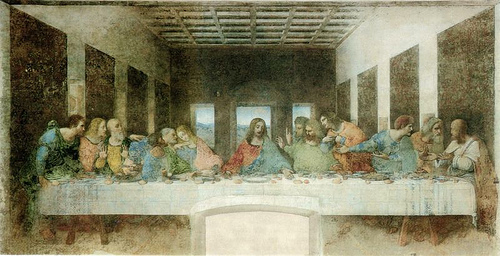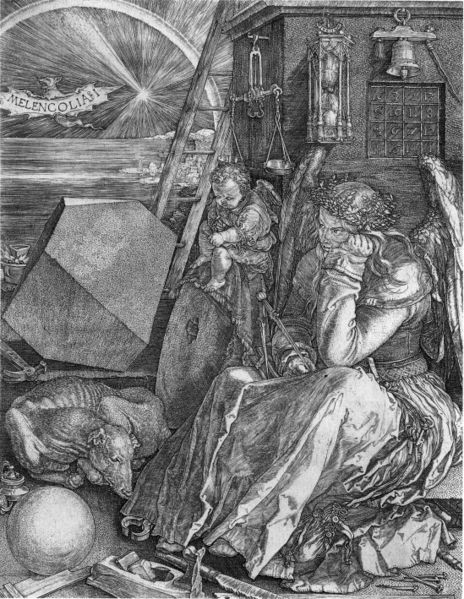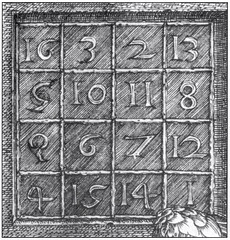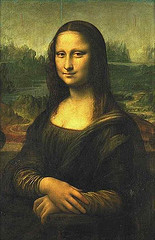
In 1911, Argentine con man Eduardo de Valfierno found a way to steal the Mona Lisa six times over at no risk to himself.
First he made private deals with six separate buyers to steal and deliver the priceless painting. Then he hired a professional art restorer to make six fakes, and shipped them in advance to the buyers’ locales (to avoid later trouble with customs).
In August he paid a thief to steal the original from the Louvre, and when news of the theft had spread he delivered the six fakes to their recipients, exacting a high price for each. Then he quietly disappeared. The flummoxed thief was soon caught trying to sell the red-hot original, and it was returned to the museum in 1913.
05/27/2020 UPDATE: This is false but extraordinarily widely retailed. The painting was stolen in 1911 by an Italian criminal named Vincenzo Peruggia, but the original was recovered and returned to the Louvre two years later. There is no evidence that Valfierno ever existed, and none of the six supposed copies has ever surfaced. The myth was conceived by a writer named Karl Decker and retailed as fact in a 1932 issue of the Saturday Evening Post, which was still havering equivocally as to its falsity as recently as 2013.
